Incredible work is underway across DOE to make progress toward energy and emissions-reduction goals. Read more from the Acting Assistant Secretary for Energy Efficiency and Renewable Energy.
Water Power Technologies Office
March 1, 2023Dear colleagues,
Incredible work is underway across the U.S. Department of Energy to make progress toward the nation’s goals of a carbon-free electricity sector by 2035 and a net-zero-emissions economy by 2050. Throughout Fiscal Year 2022, our Water Power Technologies Office (WPTO) and its partners at national laboratories, academic institutions, companies, and other organizations led efforts crucial to advancing the hydropower and marine energy technologies that have an important role in achieving these goals and our clean energy future.
For example, WPTO awarded $8 million across three projects for its first HydroWIRES-focused funding opportunity, which solicited projects to increase hydropower’s flexibility and strengthen its ability to support an electric grid that increasingly relies on variable renewable energy sources. Also, WPTO and Oak Ridge National Laboratory researchers assessed the U.S. hydropower supply chain and found that while the existing supply chain currently supports the nation’s large hydropower fleet, anticipated new construction and the need to refurbish, upgrade, and relicense facilities point to the need to scale up domestic supply chain activities.
Meanwhile, marine energy projects focused on deploying devices in the water, upgrading and constructing critical testing infrastructure, and engaging with stakeholders on materials and manufacturing research needs. For example, WPTO supported CalWave Power Technologies, Inc.’s 10-month deployment of its xWave wave energy pilot device, which represented the company’s and California’s first at-sea, long-duration wave energy project. These and other efforts advance the marine energy sector so it can contribute to energy needs, particularly in remote and island communities, and power applications such as ocean-observation technologies or desalination and water treatment devices.
These projects and many others featured in WPTO’s 2021–2022 Accomplishments Report offer a snapshot of how the office and its partners are working to ensure hydropower and marine energy play an important role in the United States’ clean energy system. Congratulations to everyone who contributed to this valuable work, and I look forward to communicating more progress in these areas to all of you in the years to come.
Sincerely,
Alejandro Moreno
Acting Assistant Secretary for Energy Efficiency and Renewable Energy
Office of Energy Efficiency and Renewable Energy
U.S. Department of Energy
WPTO 2021-2022 Accomplishments Report
-
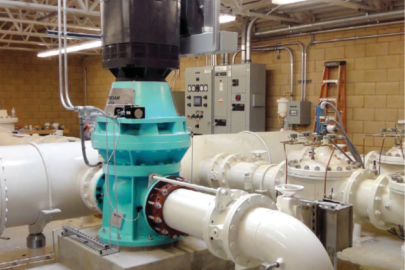 An Oak Ridge National Laboratory report found opportunities to develop hydropower on conduits in every state, totaling 1.41 gigawatts of new generating potential.
An Oak Ridge National Laboratory report found opportunities to develop hydropower on conduits in every state, totaling 1.41 gigawatts of new generating potential. -
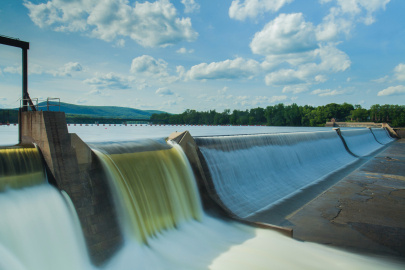 A General Electric Research-led team demonstrated a new hydropower turbine design and monitoring methodology that allows plant operators to adjust power output in a few seconds to meet energy demand without needing to start or stop units.
A General Electric Research-led team demonstrated a new hydropower turbine design and monitoring methodology that allows plant operators to adjust power output in a few seconds to meet energy demand without needing to start or stop units. -
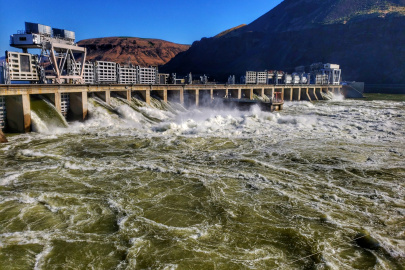 An assessment found the U.S. hydropower supply chain effectively supports the existing fleet, but anticipated new construction and the need to refurbish, upgrade, and relicense facilities show a need to scale up domestic supply chain activities.
An assessment found the U.S. hydropower supply chain effectively supports the existing fleet, but anticipated new construction and the need to refurbish, upgrade, and relicense facilities show a need to scale up domestic supply chain activities. -
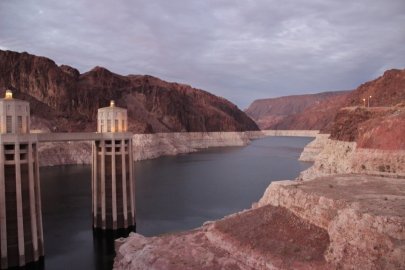 A Pacific Northwest National Laboratory study found hydropower could still be relied upon to supply flexible power during periods of high energy demand—even during the most severe droughts.
A Pacific Northwest National Laboratory study found hydropower could still be relied upon to supply flexible power during periods of high energy demand—even during the most severe droughts. -
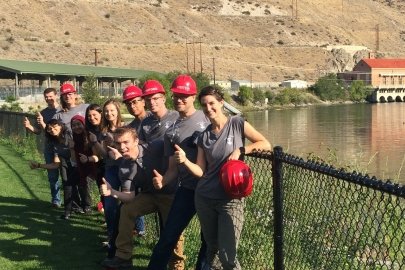 WPTO launched the inaugural Hydropower Collegiate Competition to inspire the next generation of hydropower workers.
WPTO launched the inaugural Hydropower Collegiate Competition to inspire the next generation of hydropower workers. -
 A project team led by Ocean Motion Technologies deployed a prototype wave energy converter technology that can harness power from waves as small as those created by boat wakes.
A project team led by Ocean Motion Technologies deployed a prototype wave energy converter technology that can harness power from waves as small as those created by boat wakes. -
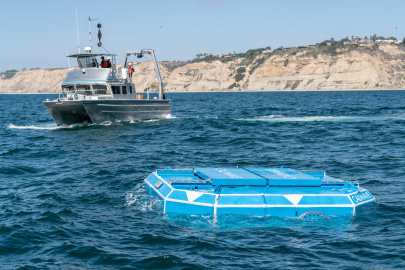 During CalWave’s 10-month open-water test off the California coast, its wave energy converter technology remained operational for 99% of the deployment, and the company collected valuable data on device-ecosystem interactions.
During CalWave’s 10-month open-water test off the California coast, its wave energy converter technology remained operational for 99% of the deployment, and the company collected valuable data on device-ecosystem interactions. -
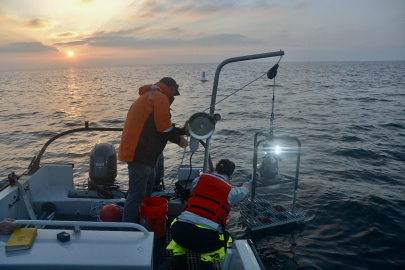 The Triton Initiative Field Trials team completed and published the first large-scale environmental monitoring methodology recommendations for the marine energy industry produced from field tests in the United States.
The Triton Initiative Field Trials team completed and published the first large-scale environmental monitoring methodology recommendations for the marine energy industry produced from field tests in the United States. -
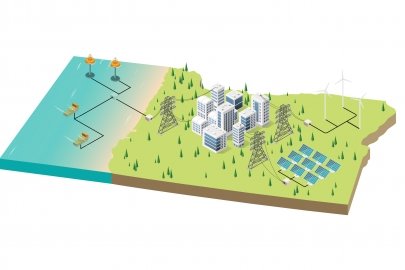 New report provides a framework to assess marine energy’s potential grid benefits from supporting local resilience to complementing other renewable energy resources.
New report provides a framework to assess marine energy’s potential grid benefits from supporting local resilience to complementing other renewable energy resources. -
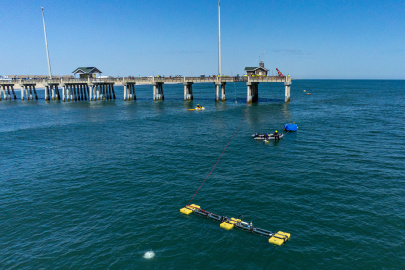 Competitors completed the Waves to Water Prize and produced some of the first wave-powered desalination prototypes to ever be deployed.
Competitors completed the Waves to Water Prize and produced some of the first wave-powered desalination prototypes to ever be deployed.
WPTO's Hydropower e-newsletter features news on R&D and applied science to advance sustainable hydropower and pumped-storage technologies.
WPTO's Marine Energy e-newsletter shares news and updates on tools, analysis, and emerging technologies to advance marine energy.
The WPTO e-newsletter brings funding opportunities, events, publications, & hydropower and marine energy updates directly to your inbox.

